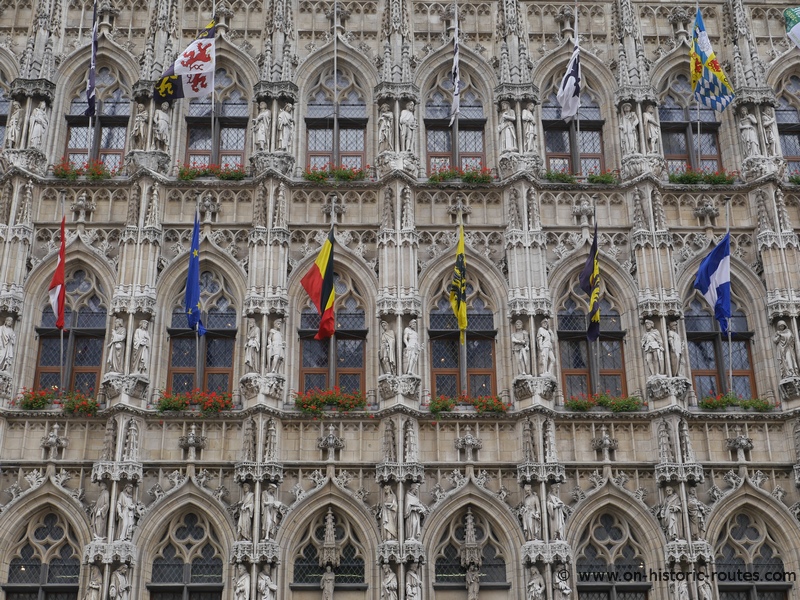The First Army reached Leuven on 19. August 1914 and moved on to Bruxelles. As throughout Belgium garrison troops stayed behind to guard the open flank and organize the occupation. Antwerp, where the Belgium withdrew to, was only 50 km away therefore there was a concern about a counter attack.
Additionally, there was a general nervousness about snipers, sabotage and general resistance within the German army. Experiences with irregular fighters in the previous war against the French contributed to that but also the nature of the Schlieffen plan itself. It required the whole invasion campaign to run like a clockwork. Belgium resistance was seen as dangerous to the time-line of the invasion and thus met with extreme measures.
Hostages were taken from occupied villages and cities – often officials of the community. Public announcements were made that the hostages were to be shot in case of resistance.
This happened in Leuven as well before on 25. August there were shots fired. Then Germans shot hostages, seized and destroyed buildings, where shooters were suspected, and killed civilians. This continued for four days before the city was evacuated and set ablaze on 29. August. Hundreds of civilians died, the city was in ruins and the medial university library with old scriptures and books reduced to ashes.

The destruction of Leuven soon became known worldwide and was condemned as a war crime. The British, who entered the war in defense of Belgium neutrality, used it as propaganda to bolster their case.
But Leuven was not a single incident. The massacres of Tamines and Dinant were the worst besides Leuven, but not the only ones. Atrocities happened throughout the country and set the tone for four years of occupation.
The Flemish cities of Leuven, Aarschot and Dendermonde set up a project to commemorate the events that hit their cities during the war. It is called On the Road to Flandres Fields and provides information about exhibitions and events as part of the centenary.
This post is part of the series “The way to the Western Front”. Explore the full content here..
Share This: